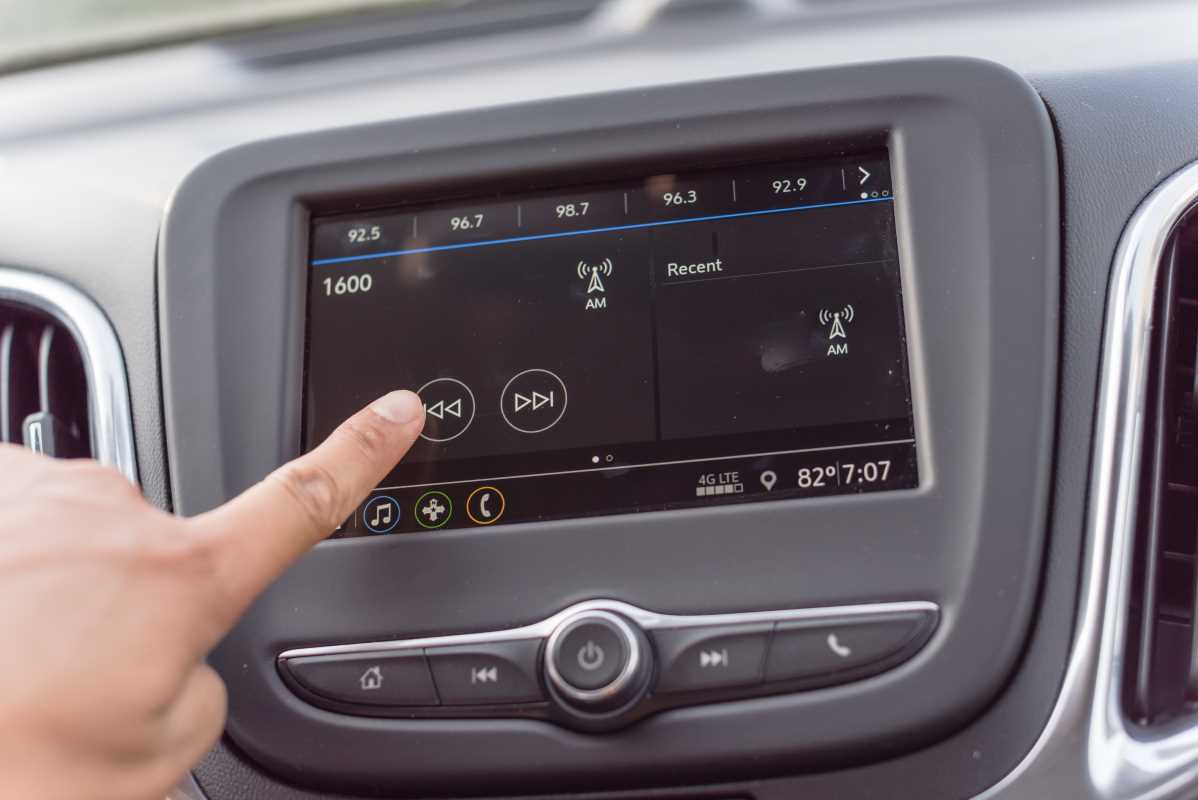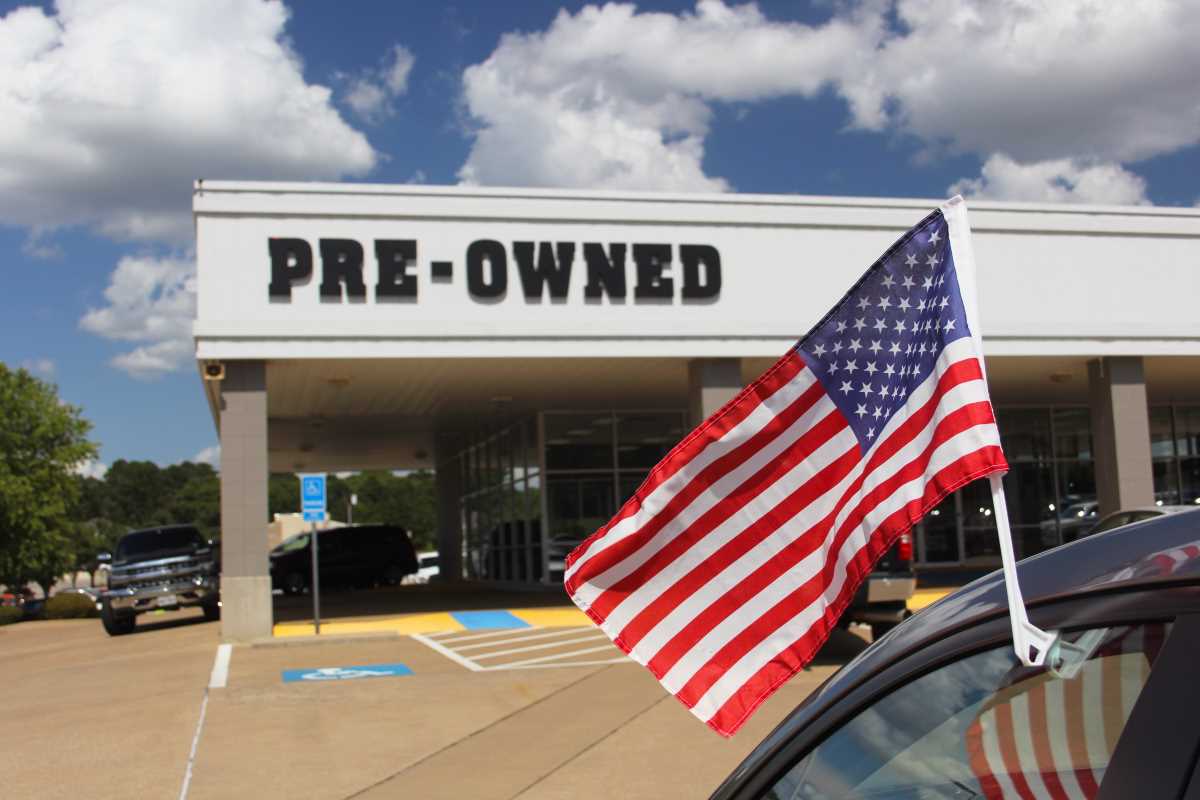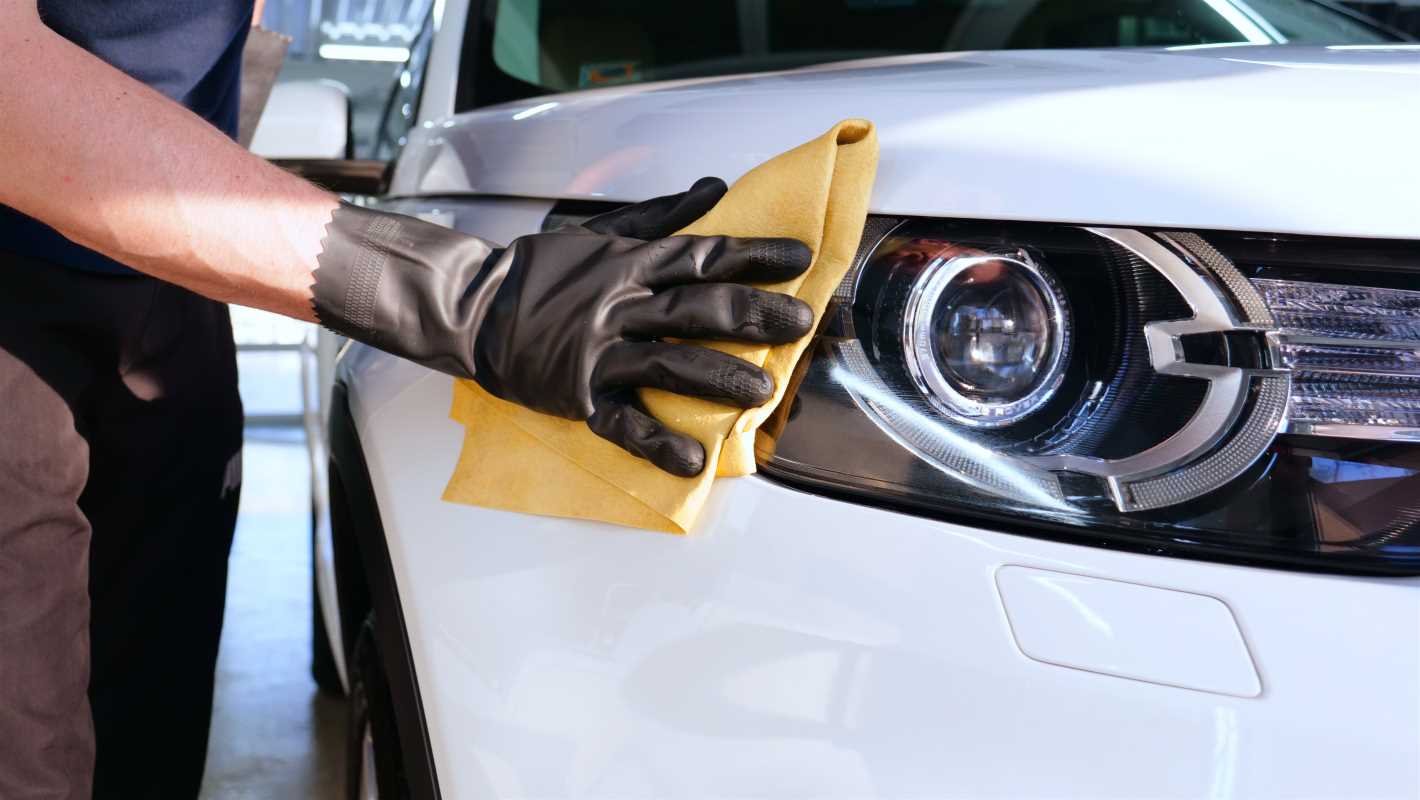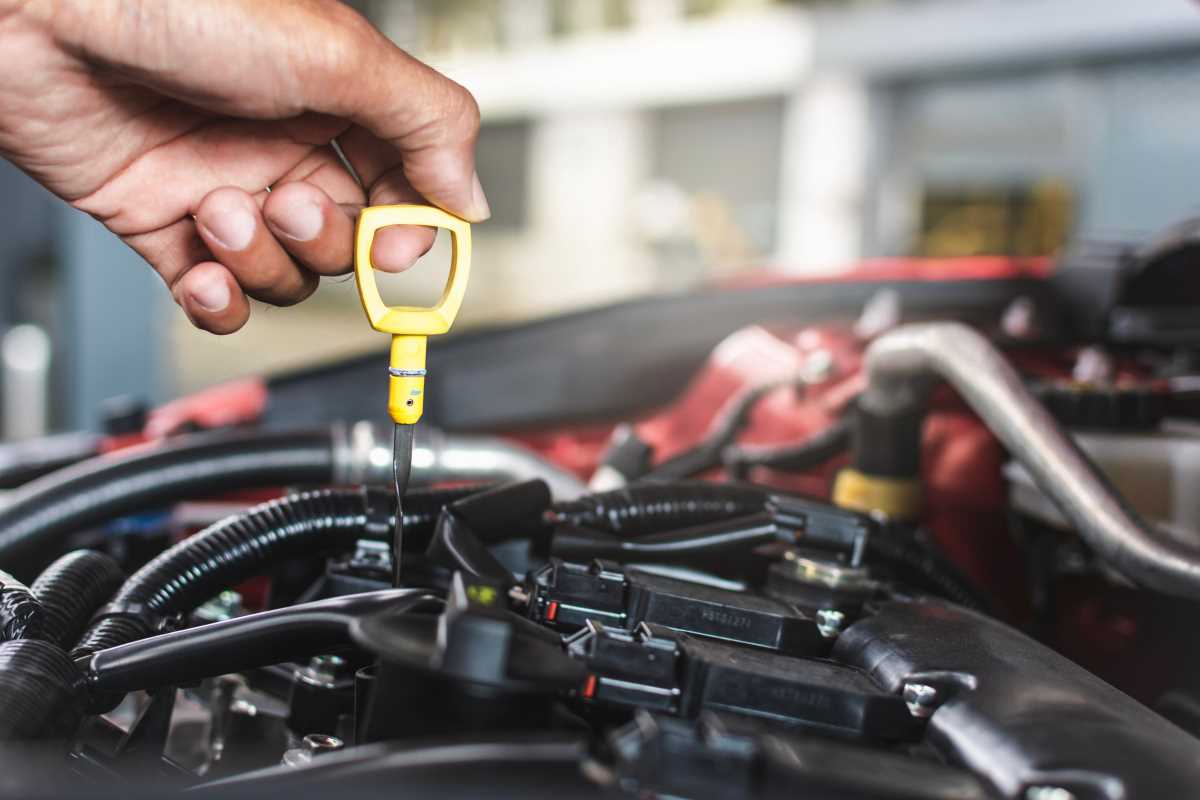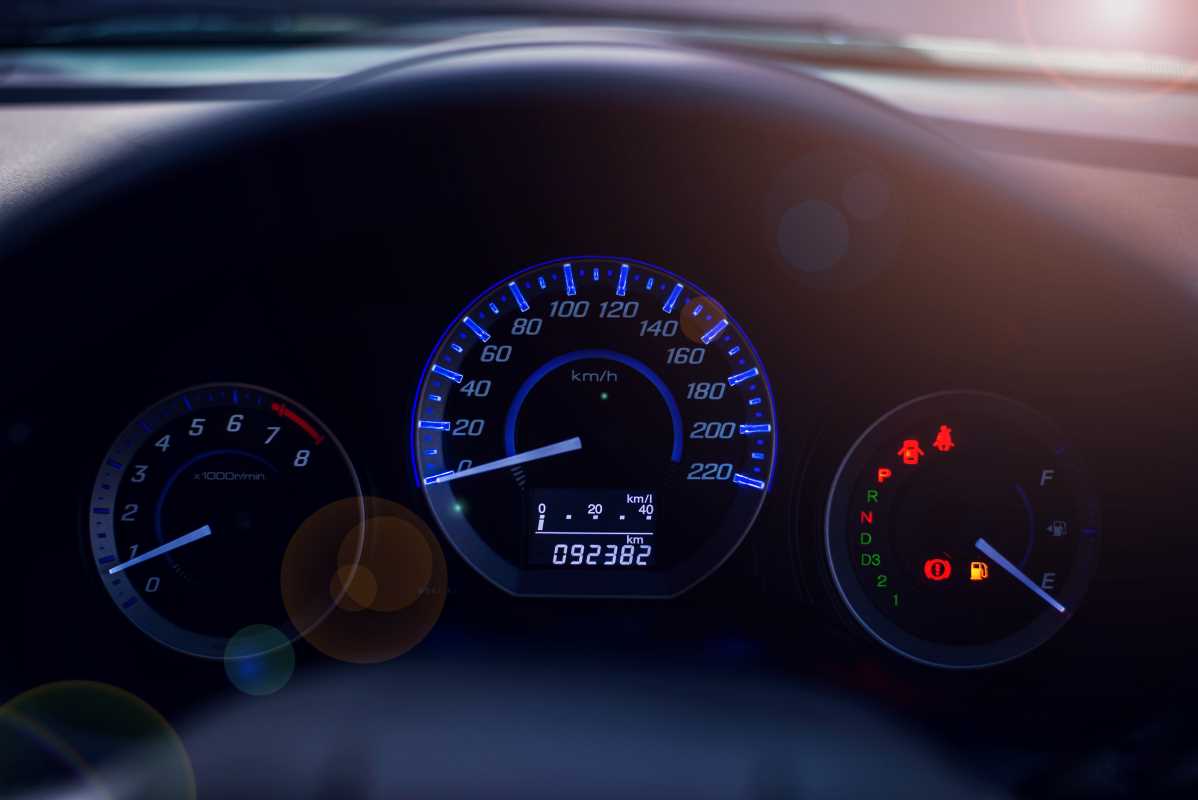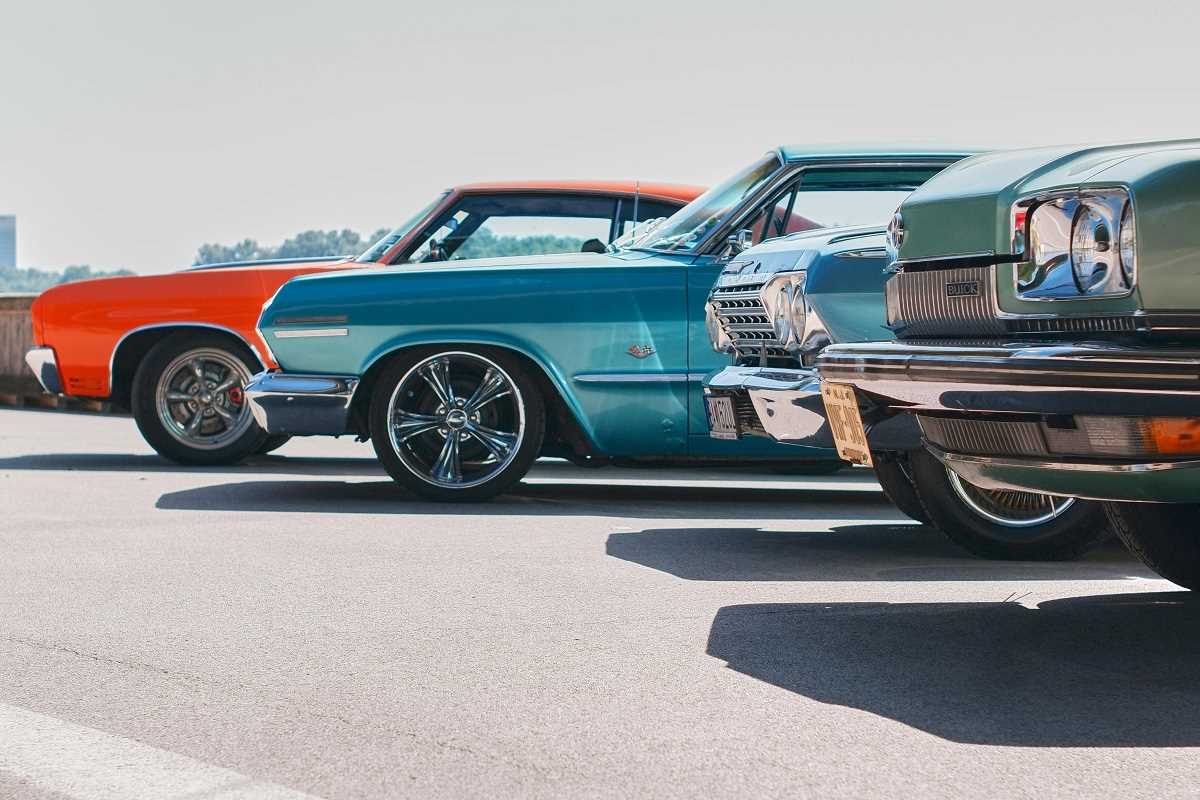Selling a used car sounds simple enough, right? Snap a few pictures, post an ad, and wait for the offers to roll in. But once you get into it, you’ll realize there’s a lot more to it than meets the eye. From setting the right price to dealing with buyers, even the smallest misstep can cost you money, time, or both. The good news? Most mistakes are completely avoidable with a little planning and know-how. Whether it’s your first time selling or you’ve been through this rodeo before, here are some common mistakes to steer clear of when selling your used car.
Not Knowing Your Car’s Value
One of the easiest mistakes sellers make is pricing their car without doing the proper research. Maybe you’re basing the price on what you paid years ago or what you think the car is worth. But the reality is, today’s market—not your sentimental attachment—is what determines the value of your vehicle.
To get it right, use tools like Kelley Blue Book, Edmunds, or TrueCar to find out your car’s fair market value. These platforms take into account factors like mileage, condition, location, and even seasonal trends. Overpricing your car might scare away buyers, while underpricing it can leave money on the table. Take the time to do your homework so you land in that sweet spot.
Skipping a Thorough Cleaning and Maintenance Check
First impressions matter, especially in the world of car sales. Showing a potential buyer a dirty, cluttered car is a surefire way to make them think it’s been poorly maintained—even if it hasn’t. If you don’t take the time to clean and detail your car, you might struggle to attract serious buyers or justify your asking price.
At the very least, vacuum the interior, wipe down surfaces, and clean the windows. If you’ve got some tougher stains or odors, consider paying for professional detailing. Don’t forget to make the outside sparkle. A simple wash and wax can work wonders.
It’s not just about appearances, though. Address any minor maintenance issues before listing your car. This includes things like topping off fluids, replacing burnt-out bulbs, and checking the tire pressure. A well-maintained car inspires confidence in buyers, making them more likely to pay your asking price.
Neglecting a Vehicle History Report
Imagine you’re a buyer looking at a used car. The first thing you’d probably want to know is whether it’s been in an accident or had major repairs. Now flip the script. Providing a vehicle history report upfront not only builds trust with potential buyers but also speeds up the sales process.
Platforms like Carfax or AutoCheck can provide detailed reports showing accident history, previous owners, and any open recalls. If your car has a clean history, flaunt it—that’s a selling point buyers love. If there are blemishes, be honest and explain what repairs were made. Transparency goes a long way in keeping buyers from walking away.
Writing a Weak Listing
Your car’s online listing is essentially its first pitch to potential buyers, so a poorly written ad can be a major mistake. You don’t want to overpromise, of course, but being vague or underselling your car can make it easy for buyers to scroll right past your listing.
Start with a strong, attention-grabbing headline. Include key details like the make, model, year, and mileage. Then, move on to the description. Talk about what makes your car appealing, such as low mileage, great fuel efficiency, or recent upgrades. Be sure to mention any unique features, like a sunroof, heated seats, or a premium sound system.
Your photos matter just as much as your words. Take clear, well-lit pictures from multiple angles. Include shots of the interior, the dashboard, and even the engine bay. The more information you provide upfront, the less time you’ll spend answering repetitive inquiries later.
Being Too Rigid About Negotiations
It’s natural to want to get top dollar for your car, especially if you’ve put time and effort into maintaining it. But getting stuck on your asking price can scare off potential buyers, especially if they’re serious but just trying to negotiate a reasonable deal.
Prepare yourself before entering negotiations. Set a minimum price you’re willing to accept, but leave a little wiggle room between that and your asking price. When buyers make offers, don’t be offended if the number is lower than you expected—that’s just part of the process. Instead, focus on finding common ground that works for both of you.
Being upfront about your bottom line can save you time with buyers who aren’t willing to meet it. However, keep an open mind about offers within your range. Remember, the ultimate goal is to sell the car—not to hold onto it indefinitely just to stick to a number.
Ignoring Safety When Meeting Buyers
When selling a car, meeting potential buyers in person is almost inevitable, whether it’s for a test drive or to finalize the deal. A major mistake some sellers make is not taking basic safety precautions. Selling a car shouldn’t mean putting yourself in a risky situation.
Always meet buyers in a public place, preferably during daylight hours. Many police stations now offer “safe exchange zones” specifically for this purpose. Bring a friend along, and never invite strangers to your home unless you’re comfortable and have taken precautions.
When it comes to test drives, ask to see the buyer’s driver’s license upfront. Ride along with them if possible, and pick a route you know well. If they ask to take the car alone, use your judgment, but know it’s okay to say no if you’re not comfortable.
Forgetting to Have the Right Documents Handy
One of the worst mistakes you can make when selling your car is being unprepared when it’s time to finalize the deal. Forgetting essential paperwork can delay the sale or make potential buyers hesitant to commit.
The most crucial document is your car’s title, which proves ownership. If you have a lien on the car, contact your lender to learn how to handle the sale. You’ll also need a bill of sale, which outlines the terms of the transaction, including the price and condition of the car at the time of sale. Though requirements vary by state, it’s always a good idea to check local laws to ensure you have the necessary forms.
Other documents that can seal the deal include maintenance records, a copy of the vehicle history report, and any remaining warranty information. Having everything ready to go shows buyers that you’re organized and trustworthy.
Holding Off on Transferring the Title
Once you’ve finalized the deal and handed over the keys, you might think your part is done. But skipping the step of properly transferring the title can lead to serious issues down the line. Until the title is officially transferred, you’re legally responsible for the car—even if it’s no longer in your possession.
Make sure to accompany the buyer to the DMV or your local equivalent, so you can complete the title transfer together. Keep a copy of the bill of sale and any other documentation for your records. Taking this extra step ensures a clean break and protects you from liability issues, such as unpaid parking tickets or accidents involving the car.
Selling a used car doesn’t need to be overwhelming, but it does require careful planning and attention to detail. Avoiding these common mistakes will make the process smoother, faster, and ultimately, more rewarding. The effort you put in now will pay off when you see that “SOLD” sign next to your well-loved ride.
